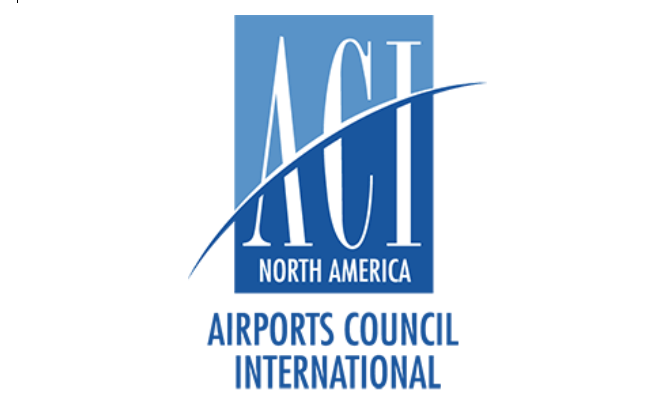U.S. airports will require more than $128 billion in infrastructure upgrades by 2023, with more than 56 percent of the needs inside aging terminals, according to a new study unveiled by Airports Council International-North America (ACI-NA) at a Washington, DC event.
ACI-NA President and CEO Kevin Burke used the study’s release to urge the U.S. Congress to modernize the Passenger Facility Charge (PFC). “With America’s airports facing more than $128 billion in new infrastructure needs across the system and a debt burden of $91.6 billion from past projects, it is time to find the means to rebuild our nation’s aviation infrastructure and improve the passenger experience for millions of travelers,” Burke says. “The time to act to address these infrastructure challenges is now.”
Also in attendance was Rep. Peter DeFazio (D-OR), Chairman of the House Committee on Transportation and Infrastructure, who noted, “Congress has not allowed in almost 20 years an increase in the Passenger Facility Charge. If we had merely indexed it to inflation, it would be substantially higher today than it is. A number of airports are bonded out, and in order to issue new bonds and do additional capacity or terminal work, they are going to need an increase in the Passenger Facility Charge.”
The 48-Page ACI-NA report, “Terminally Challenged: Addressing the Infrastructure Funding Shortfall of America’s Airports,” provides additional details on the PFC issue, noting it was last adjusted in 2000 and has seen its purchasing power eroded by 50 percent in the past two decades.
“And federal airport grants through the AIP have been stagnant for nearly a decade, and will remain so for another five years under the recently enacted FAA reauthorization legislation,” the study adds. “Moreover, many airports – even those with sterling credit ratings – have reached their debt capacity and either cannot finance new projects or have had to phase in their projects over a longer timeframe, increasing the costs and delaying the benefits for passengers.”
The ACI-NA report claims that modestly adjusting the federal cap on local PFCs would allow airports to take control of their own investment decisions and become more financially self-sufficient. “Airports could build the appropriate facilities – terminals, gates, baggage systems, security checkpoints, roadways, and runways – to meet the travel demands and customer expectations of their community,” it says.
The study notes that of the $128 billion needed in the next four years, about 65.9 percent of the development is intended to accommodate growth in passenger and cargo activity, and 27.8 percent is intended to rehabilitate existing infrastructure, maintain a state of good repair, and keep airports up to standards for the aircraft that use them.
The top 10 Infrastructure projects by cost for 2019-2023 are headed by two at Los Angeles International (LAX), a $2.6 billion 2.25-mile elevated Automated People Mover with 6 stations, and the $1.8 billion North Terminal Program Renovations to Terminal 2, and the demolition and reconstruction of Terminal 3, the report said.
Rounding out the top five are Orlando International Airport’s (MCO) Terminal C ($1.72b), Newark Liberty International Airport’s (EWR) Terminal A Redevelopment ($1.7 b) and the Midfield Satellite Concourse ($1.5b) at LAX.
The report notes that airport infrastructure projects around the country, including in San Francisco, Asheville, Columbus, Des Moines, and Spokane, are currently on hold due to lack of funding.
“Airports are the gateway to the rest of the world for our businesses and residents, but from Asheville to Des Moines, Memphis to Reno, and Charleston to Spokane, older and outdated facilities at our airports are hampering efforts by small and rural communities to grow and prosper,” Lew Bleiweis, executive director for the Greater Asheville Regional Airport Authority, said at the event.






